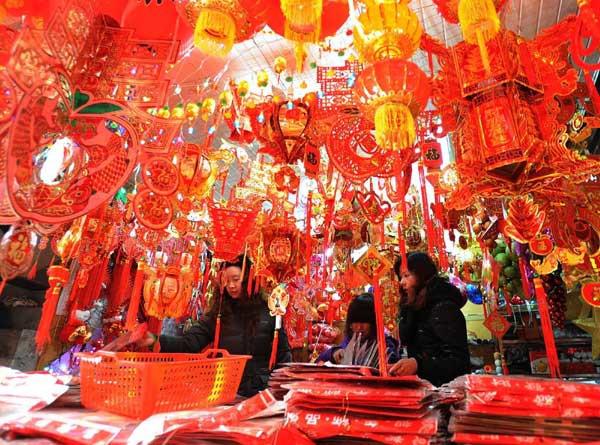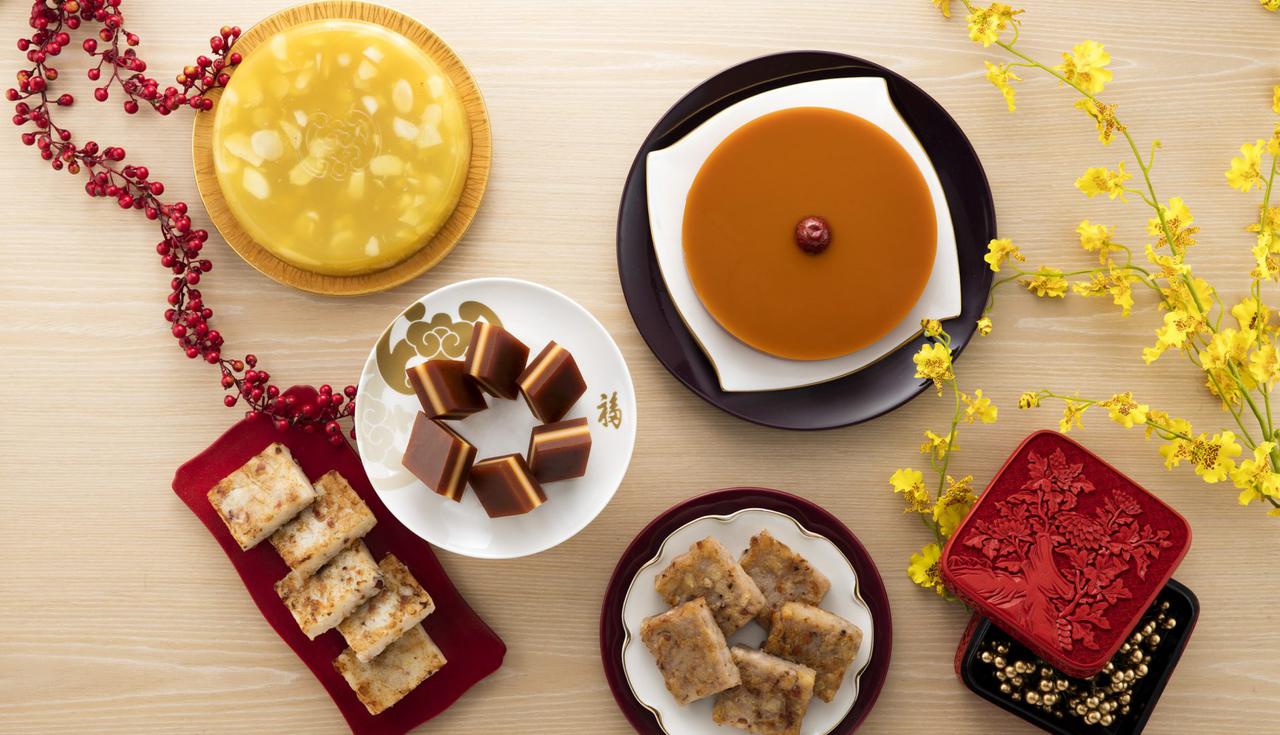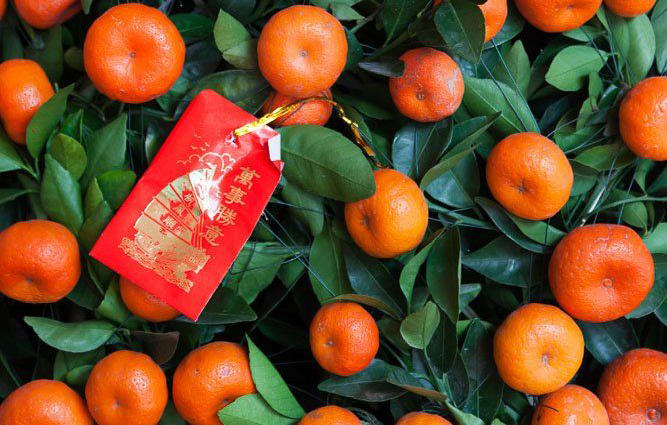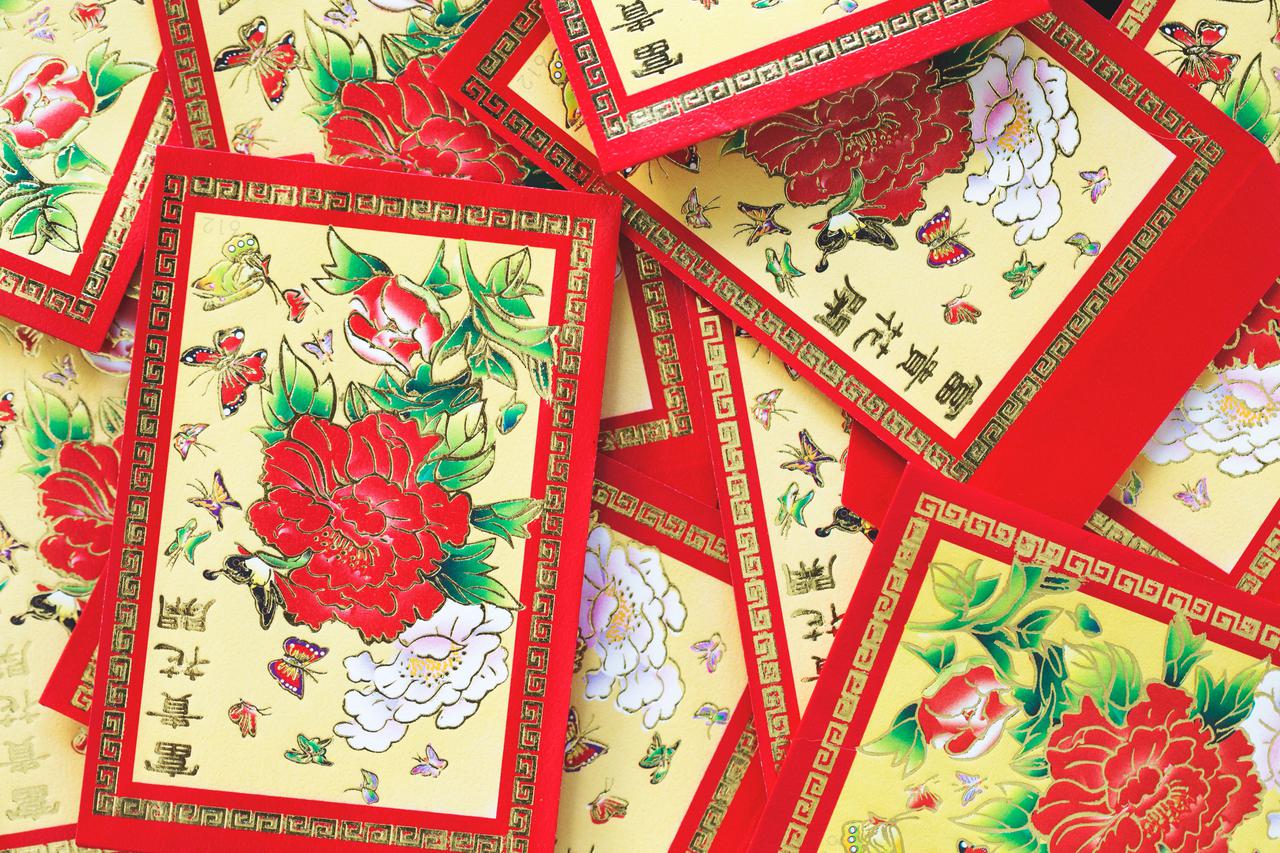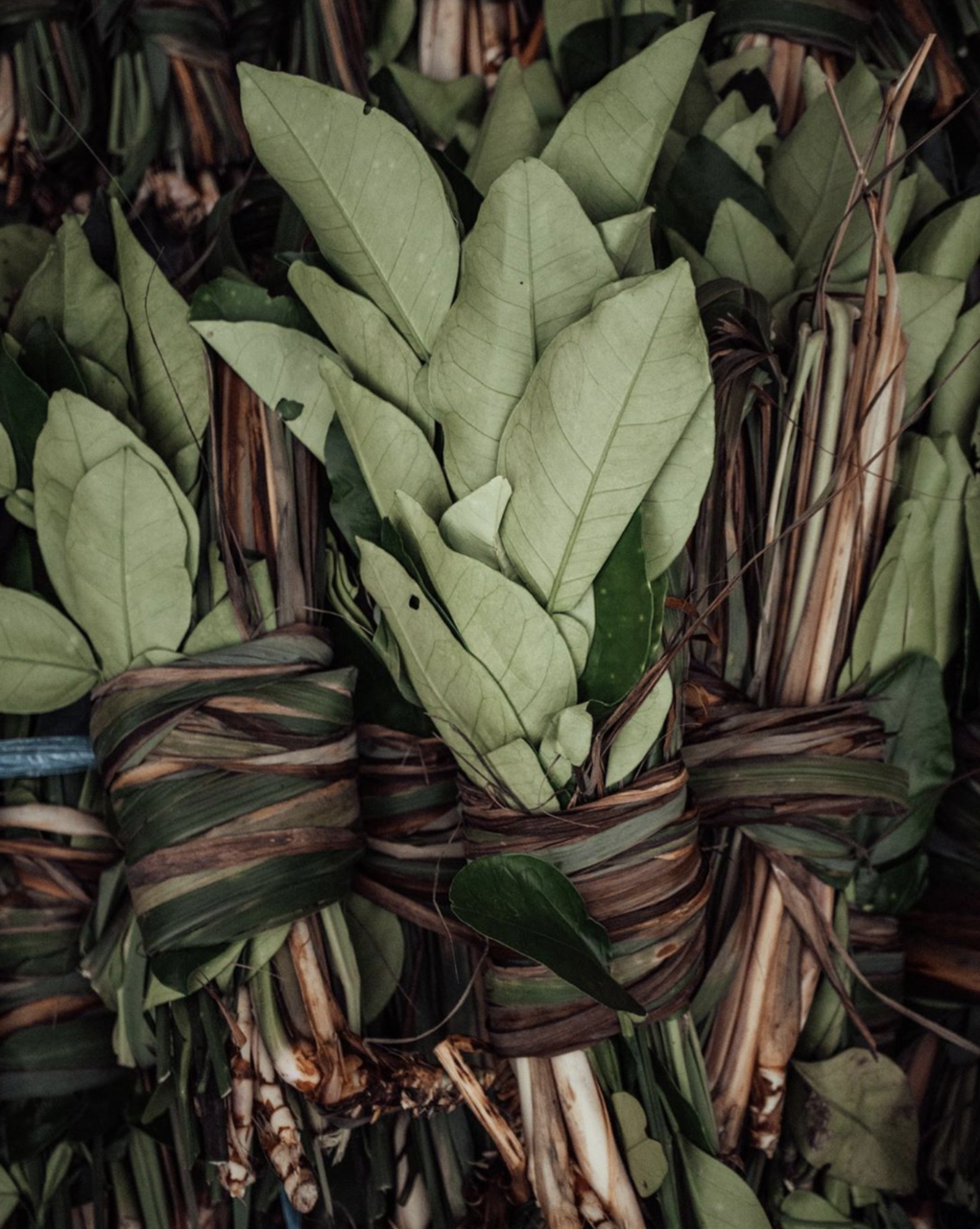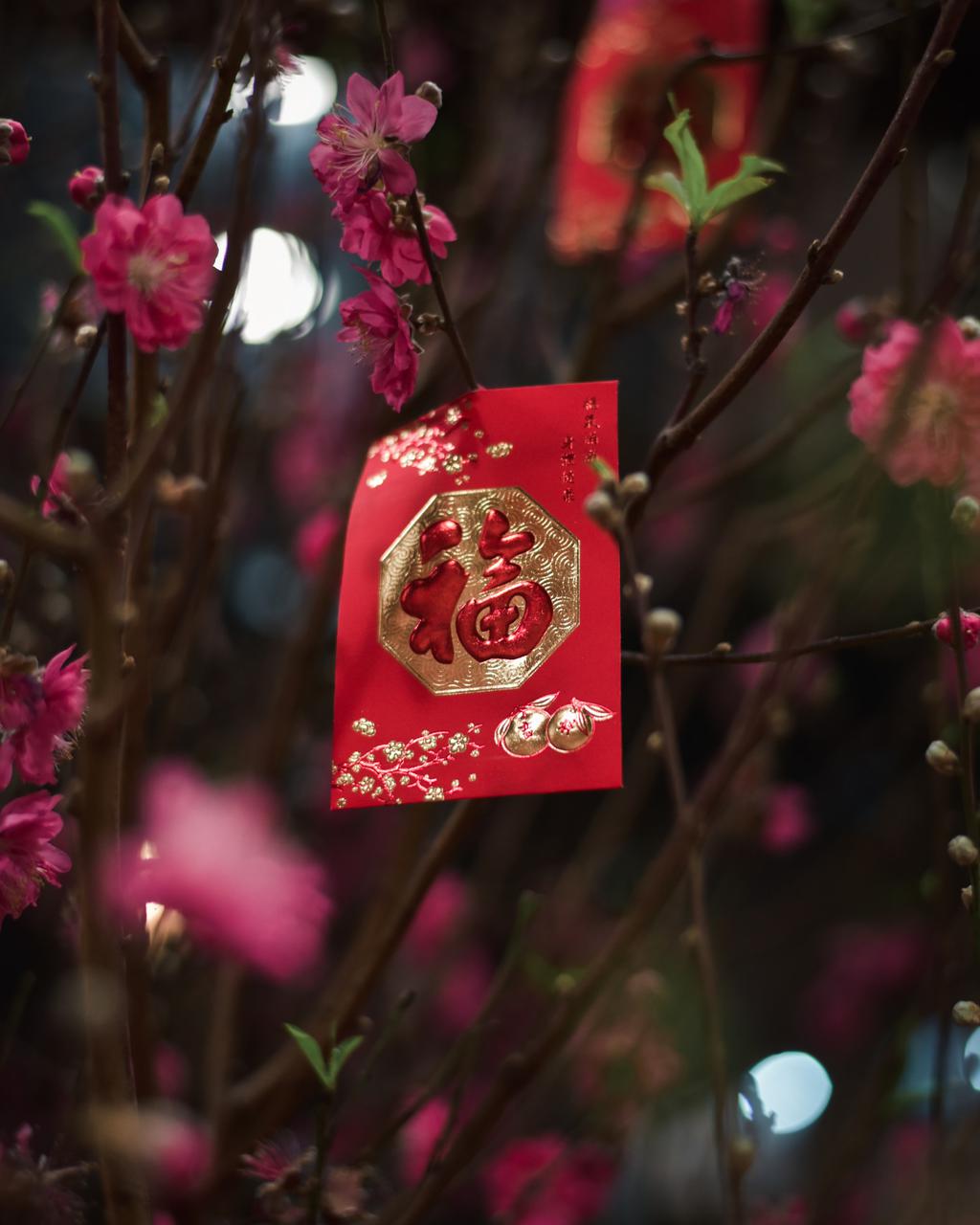
LUNAR NEW YEAR
TRADITIONS, EXPLAINED
A beginner’s class
As told to Bridget Barnett
Traditions, superstitions and auspicious symbols — there’s plenty of them to consider during the arrival of a new lunar year. Green to the subject, intrepid writer Bridget Barnett set out to investigate at Lane Crawford’s Hong Kong headquarters, quizzing the team for insights and their own interpretations regarding some of the holiday’s most significant traditions. Here, she shares her learnings around five topics.
